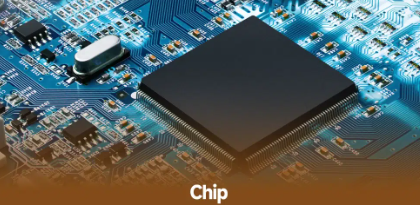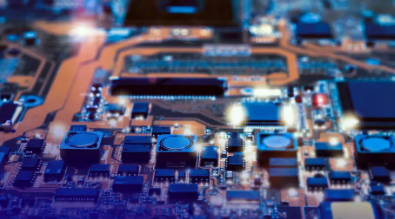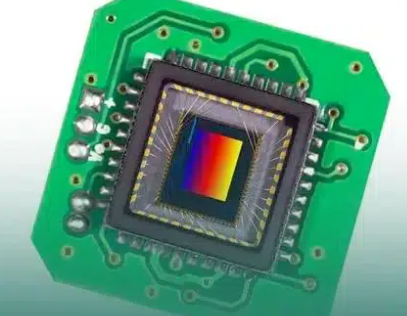What is chip What are the chip trading platforms
What is chip
A chip is an electronic component manufactured by microelectronics technology that integrates circuits and systems on a tiny silicon chip. Chips include electronic components such as transistors, resistors, and capacitors, and are one of the core components of various electronic devices.

What does the chip do?Chips, or integrated circuits, began to replace bulky individual transistors in the late 1950s. Many of these tiny components are produced on a single piece of silicon and wired together to work. The resulting chips store data, amplify radio signals, and perform other operations; Intel is known for its variety of microprocessors, which perform most of a computer’s computing functions.
Intel Corporation has managed to shrink the transistors on its microprocessors to incredible sizes. But its rival TSMC can produce smaller components, and this is why Apple chose TSMC to make chips for its latest iPhones.
How chips are made?
Chipmakers are packing more and more transistors onto each piece of silicon, which is why the technology is increasing every year. That’s why new chip factories cost billions of dollars, but few companies can afford.
In addition to building factories and buying machinery, companies must spend huge sums developing the complex processing steps to make chips out of flat-panel-sized wafers—which is why these factories are called “fabs.”
Huge machines design chips on each wafer, then deposit and etch layers of material to make transistors and connect them. In these systems, up to 25 wafers are transported at a time in special pods on automated elevated tracks.
Processing a single wafer takes thousands of steps and takes up to two months. In recent years, TSMC has set the pace for output, operating “gigafabs” with four or more production lines. Dan Hutcheson, vice chairman of market research firm TechInsights, estimates that each fab can process more than 100,000 wafers per month. He estimates that Intel’s two planned $10 billion factories in Arizona will have a capacity of about 40,000 wafers a month.
How the chip is packaged?
After processing, the wafer is sliced into individual slices. These are tested and wrapped in plastic packaging to connect to the circuit board or part of the system.
This step has become a new battleground because it is more difficult to make transistors smaller. Companies are now stacking multiple chips, or placing them side-by-side in a package, connecting them like a single silicon chip.
Packaging small numbers of chips together is now routine, and Intel has developed an advanced product that uses new technology to bundle together 47 individual chips, including some made by TSMC and Chips made by other companies, and chips made at Intel factories.
What are the chip trading platforms? AMEYA360 is an excellent sourcing site for electronic components. For more information, please visit our website, or to discuss your requirements with our team, please call +86(21)6401-6692 or email amall@ameya360.com.
在线留言询价

Microsoft Unveils In-House AI Chip, Poised for Competitive Edge with a Powerful Ecosystem

What is digital chip? What is analog chip?
- 一周热料
- 紧缺物料秒杀
| 型号 | 品牌 | 询价 |
|---|---|---|
| RB751G-40T2R | ROHM Semiconductor | |
| BD71847AMWV-E2 | ROHM Semiconductor | |
| TL431ACLPR | Texas Instruments | |
| MC33074DR2G | onsemi | |
| CDZVT2R20B | ROHM Semiconductor |
| 型号 | 品牌 | 抢购 |
|---|---|---|
| ESR03EZPJ151 | ROHM Semiconductor | |
| IPZ40N04S5L4R8ATMA1 | Infineon Technologies | |
| BP3621 | ROHM Semiconductor | |
| TPS63050YFFR | Texas Instruments | |
| STM32F429IGT6 | STMicroelectronics | |
| BU33JA2MNVX-CTL | ROHM Semiconductor |
- 周排行榜
- 月排行榜
AMEYA360公众号二维码
识别二维码,即可关注


请输入下方图片中的验证码:
























